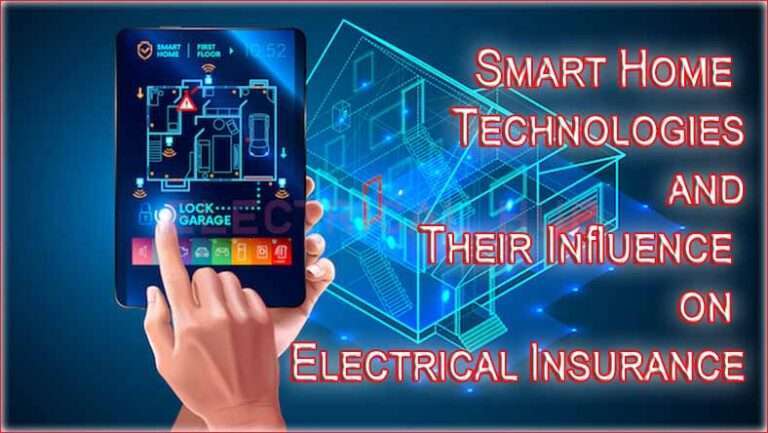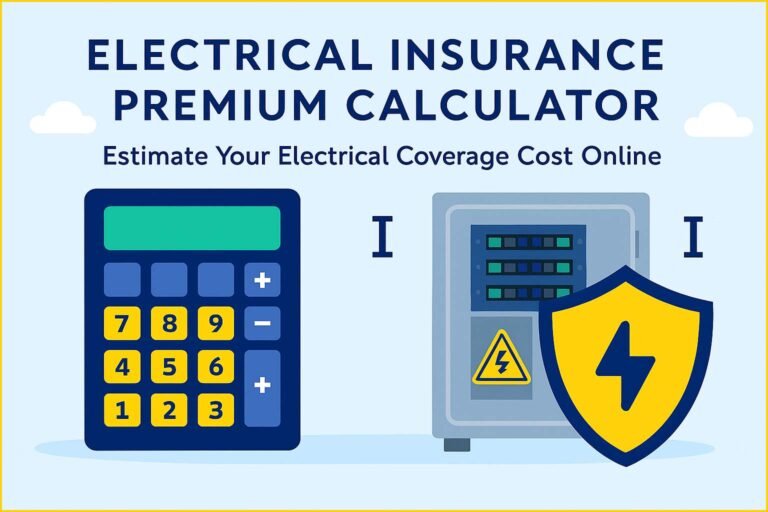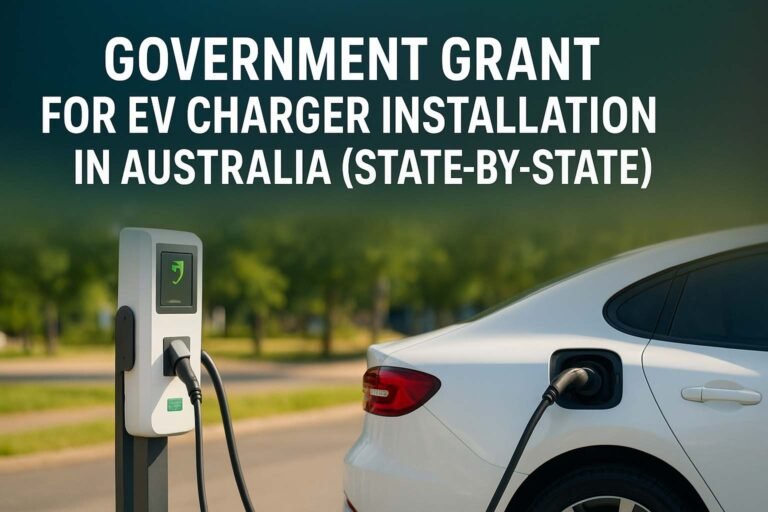Electric Car Incentives in California
Electric car incentives in California are among the most attractive in the United States. These incentives make it easier for residents to switch to cleaner, greener vehicles. With increasing environmental awareness and regulatory pressure, California is pushing ahead with policies that promote electric vehicle (EV) adoption.
California’s approach is a blend of federal, state, and local support. It includes rebates, tax credits, and non-monetary perks like carpool lane access. This article dives deep into these incentives, provides technical insights, and shows how California compares to other regions like Electric Car Incentives in Georgia.
Understanding Electric Car Incentives in California
The term “electric car incentives in California” refers to various programs designed to reduce the upfront cost of buying or leasing an EV. These programs aim to reduce greenhouse gas emissions, improve air quality, and accelerate the transition to zero-emission vehicles.
Most incentives come from the state government through the California Air Resources Board (CARB), utility companies, and local governments. They are designed to work alongside federal tax credits.
California Clean Vehicle Rebate Project (CVRP)
The Clean Vehicle Rebate Project is one of the flagship programs in California. It offers cash rebates to people who purchase or lease eligible vehicles.
CVRP Rebate Amounts
| Vehicle Type | Rebate for Individual | Rebate for Low-Income Applicants |
|---|---|---|
| Battery Electric | $2,000 | $4,500 |
| Plug-in Hybrid | $1,000 | $3,500 |
| Fuel Cell | $4,500 | $7,000 |
Rebate amounts are subject to income caps. Individuals earning above a certain threshold are ineligible for standard rebates. However, the state offers enhanced rebates for low-income households, making the incentive more equitable.
HOV Lane Access in California
One of the non-financial perks that come with electric car incentives in California is access to High Occupancy Vehicle (HOV) lanes. EV drivers can use carpool lanes even when driving alone. This is a major advantage in traffic-heavy regions like Los Angeles and the Bay Area.
The program requires a clean air decal, which you apply for through the DMV. As of now, white and green decals are discontinued, and red or purple decals are issued based on the vehicle’s first registration date.
California Clean Fuel Reward
This is a point-of-sale incentive that applies to new battery electric and plug-in hybrid vehicles. The amount can be up to $750 and is applied directly at the dealership.
Unlike the CVRP, the Clean Fuel Reward does not require an application process. It’s automatic, provided the dealer participates and the battery capacity is above 5 kWh.
Utility Company Rebates
Many California utilities offer their own rebates for electric vehicle buyers. These rebates are in addition to state and federal programs.
Utility-Based Incentives Table
| Utility Company | Rebate Amount | Additional Benefits |
|---|---|---|
| PG&E | $800 | Charging rate plans |
| Southern California Edison (SCE) | $1,000 | Time-of-use billing rates |
| LADWP | $1,500 | Free charger installation support |
These programs may also include rebates for home EV charging equipment and special rate plans to lower charging costs.
Federal Tax Credit and California
Buyers of electric vehicles in California can also benefit from the federal EV tax credit, which offers up to $7,500 for eligible vehicles. However, not all manufacturers qualify.
This tax credit is applied when filing your federal income tax and depends on battery size and the vehicle manufacturer’s sales volume. Brands like Tesla and GM have phased out due to reaching their unit caps, but newer models from other brands may still qualify.
Local Government and Air District Programs
Local air districts often provide additional electric car incentives in California. These programs may target low-income residents, specific zip codes, or high-pollution zones.
Examples include:
- San Joaquin Valley Air Pollution Control District: Offers up to $3,000 for replacing an older vehicle with a new or used EV.
- South Coast AQMD Replace Your Ride Program: Incentives up to $9,500 depending on income and vehicle model.
These localized benefits show how deeply California is invested in encouraging EV adoption.
Technical Insight into How Incentives Work
Electric car incentives in California are structured to encourage both supply and demand. The state funds rebates through cap-and-trade revenue, collected from businesses exceeding carbon emissions.
On the demand side, rebates reduce the effective purchase price. On the supply side, automakers are encouraged to produce cleaner cars to meet the state’s Zero-Emission Vehicle (ZEV) mandate.
There’s also a long-term savings angle. EVs have fewer moving parts, so maintenance costs are lower. Additionally, electricity is cheaper per mile than gasoline, especially with time-of-use rates from utilities.
This system complements the broader movement toward energy resilience, where electric cars and home energy systems connect under smart grid technology. As EV ownership grows, more people may explore Electrical Insurances for Home in USA to protect their charging setups and solar panels.
EV Charging Infrastructure Support
California also provides incentives for installing EV chargers at home and in public areas. Programs from the California Energy Commission (CEC) fund infrastructure development.
Homeowners can get rebates for Level 2 chargers, especially when paired with solar systems. Apartment complexes and workplaces also receive grants to build multi-user charging stations.
This infrastructure growth helps support the increasing EV population and aligns with insurance industry trends. Property owners may also consider Electrical Insurance Cost Per Month in UK-style models for managing risks.
Affordability and Equity Focus
California ensures that electric car incentives reach underserved communities. Low-income and disadvantaged communities get larger rebates and dedicated outreach programs.
Programs like the Clean Cars 4 All initiative offer large incentives for trading in old polluting cars. These funds can be used not just for EVs but also for public transit passes, offering flexible transportation options.
This model could inform insurance pricing and risk pooling strategies, much like how Electrical Business Insurance Cost is calculated based on business size and risk exposure.
Leasing vs Buying: Incentive Differences
Leasing an electric car may reduce or eliminate your eligibility for some California incentives, especially rebates that require vehicle registration in your name. However, dealers may pass on some federal tax credit savings through lower lease rates.
Buyers should always confirm eligibility before making a purchase. Certain benefits, like the Clean Fuel Reward, apply regardless of financing method, but others like CVRP require ownership or long-term lease agreements.
This is important to consider for first-time EV adopters, including those in other regions exploring electric insurance ireland dac or similar protections.
Future of Electric Car Incentives in California
California plans to phase out internal combustion engine vehicle sales by 2035. As this policy rolls out, EV incentives may evolve.
New proposals include income-based rebates, increased charger deployment, and expanded utility programs. Additionally, insurance frameworks are expected to adapt, just like models found in Electrical Business Insurance Cost markets.
Technologies like bidirectional charging, which allows EVs to power homes or the grid, are also being tested. This adds a technical layer to incentives as vehicles become energy assets.
Comparing to Other States
While electric car incentives in California are the most comprehensive, states like Georgia also offer benefits. Electric Car Incentives in Georgia include tax credits and HOV lane access, but California provides a broader stack of incentives that include local, state, and utility-level support.
The scale of infrastructure and community-specific programs gives California a leadership role in EV promotion.
Final Thoughts
Electric car incentives in California reduce both the cost and hassle of going electric. From purchase rebates to utility discounts and carpool lane access, these programs make EVs more attractive.
As more Californians switch to electric vehicles, support programs continue to expand and adapt. With the backing of strong policy and technical innovation, California remains at the forefront of the electric vehicle movement.
Follow Us on Social:
Subscribe our Newsletter on Electrical Insights to get the latest updates in Electrical Engineering.
#ElectricCarIncentives, #CaliforniaEV, #GoElectricCA, #CleanEnergyCars, #EVTaxCredit, #DriveClean, #SustainableDriving, #ElectricVehicleRebate, #GreenIncentives, #ZEVProgram, #CaliforniaRebates, #EVSavings, #LowEmissionVehicle, #EVBenefits, #EcoFriendlyCars





